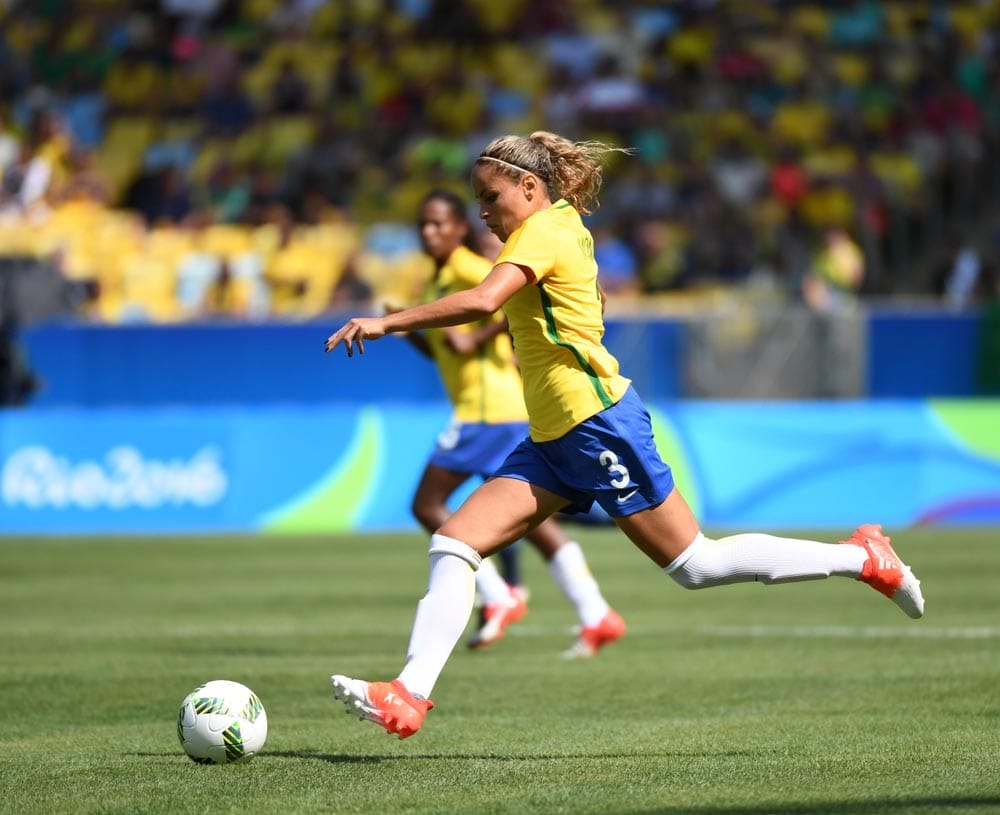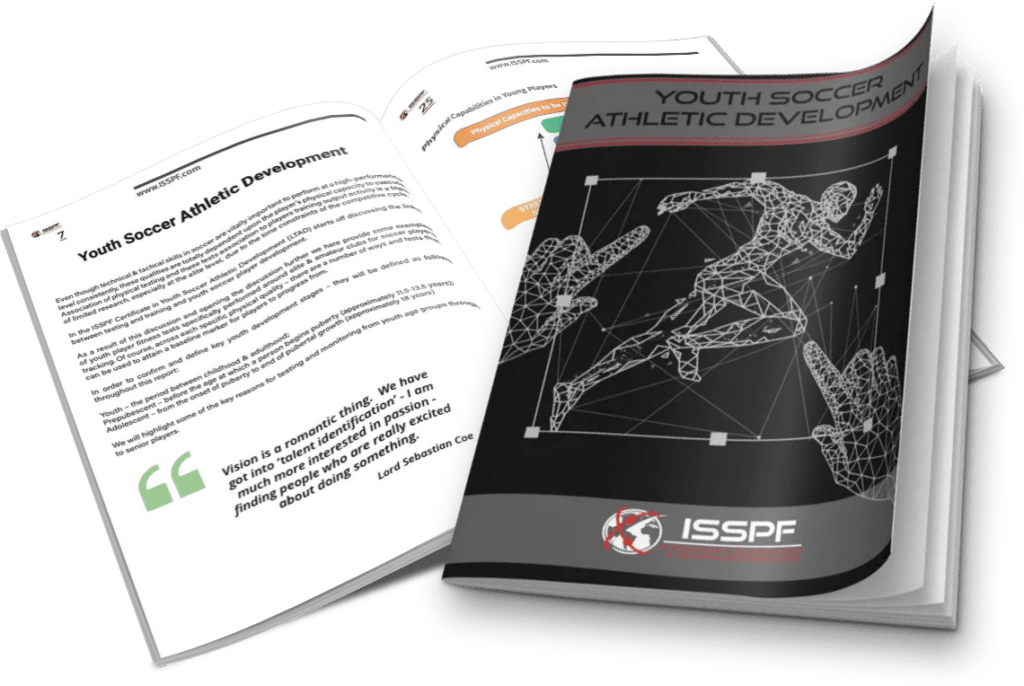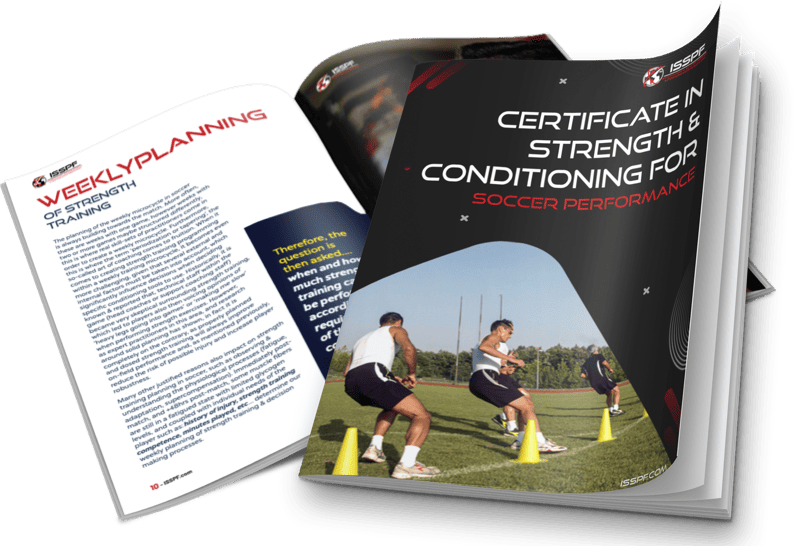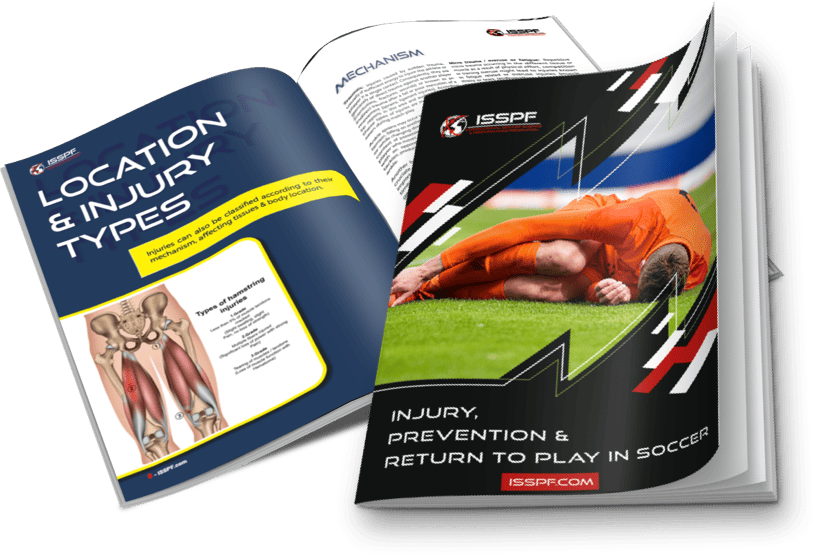
In the progressive world of elite soccer, the ability of players to perform at their peak during pivotal moments within a match often determines success. Whether it’s executing lightning-fast sprints, swiftly changing directions, or maintaining tactical discipline, the role of maximal intensity conditioning and peak velocity exposure cannot be overstated.
In this extensive exploration, we delve into the nuances of these concepts, emphasizing their profound influence on physical conditioning, tactical strategies, and injury prevention within the sport.
Understanding the Demands of Peak Matches
To grasp the significance of maximal intensity conditioning and peak velocity exposure, one must first comprehend the peak demands of a soccer match. Soccer’s dynamic nature is characterized by intervals of high-intensity bursts intertwined with phases of lower activity. These peak demands manifest during critical junctures like sprints, intense duels, and rapid directional changes.
Players are required to summon exceptional physical attributes such as speed, agility, power, endurance, and strength while simultaneously exhibiting tactical acumen aligned with the team’s strategy.
Leveraging Data & Video Analysis
The landscape of soccer is increasingly shaped by data and video analysis. Coaches and sports scientists harness cutting-edge technology to glean insights into player performance during peak intensity periods. Through data analysis, quantitative metrics such as distance covered, sprint speed, heart rate, and power output offer valuable insights into player performance.
Complementing this quantitative approach, video analysis provides qualitative understanding, shedding light on player actions, decision-making processes, and tactical awareness. This amalgamation aids in the formulation of tailored conditioning programs, finely tuned to meet the demands of individual players.
Customized Conditioning Programs
Recognizing soccer’s diversity, coaches understand that a one-size-fits-all approach to conditioning is inadequate. Each player possesses a unique set of attributes and requirements. Coaches meticulously assess individual strengths and weaknesses, considering factors like sprinting prowess, endurance capacity, and positional demands. By tailoring conditioning programs to cater to individual needs, players are empowered to develop the requisite physical attributes necessary for excellence in their respective roles on the field.

Fusing Physical Conditioning with Tactical Mastery
At the heart of coaching lies the seamless integration of physical conditioning with tactical strategies. Training sessions are crafted to mirror match scenarios, placing players in situations where they must exert themselves physically while adhering to the team’s tactical blueprint.
Be it executing high-pressure pressing manoeuvres or orchestrating swift counterattacks, players are required to be not only physically adept but also tactically astute. This fusion of physical and tactical prowess is instrumental in achieving success on the soccer pitch.
Unveiling the Significance of Peak Velocity Exposure
Central to soccer performance is the concept of peak velocity exposure, particularly in the realm of sprinting. The modern game demands players to attain and sustain high speeds consistently. Various factors such as stride length, frequency, and mechanics contribute to maximizing sprinting speed. Training protocols aimed at enhancing acceleration, refining stride mechanics, and overall sprinting ability are pivotal in elevating player performance and mitigating injury risks.
Evolution of Training Approaches for Explosive Speed
Recent years have witnessed a paradigm shift in training methodologies geared towards developing explosive speed in soccer. Plyometric exercises, resisted sprinting, agility drills, and sport-specific simulations form the cornerstone of contemporary training programs. Moreover, the integration of cutting-edge technology such as high-speed cameras and GPS tracking facilitates real-time monitoring and analysis of sprinting performance, enabling coaches to make data-driven adjustments and optimize training regimens.
Navigating the Dilemma of Sprinting
While sprinting is undoubtedly integral to soccer performance, the decision of when to unleash maximum speed is fraught with complexity. Coaches and players must strike a delicate balance between the benefits of high-speed efforts and the associated risks of fatigue and injury.
Effectively managing the weekly microcycle ensures a harmonious equilibrium between exertion, recovery, and freshness, thereby optimizing player well-being and performance. Tactical acumen, physical preparedness, and split-second decision-making are paramount in determining the opportune moments to unleash maximal speed on the field.

Conclusion
In the ever-evolving landscape of soccer, maximal intensity conditioning and peak velocity exposure stand as pillars of player success. By comprehensively understanding match demands, leveraging data-driven analysis, crafting individualized conditioning programs, and seamlessly integrating physical conditioning with tactical strategies, players can elevate their performance and contribute significantly to team success. As soccer continues its evolutionary trajectory, the delicate balance between sprinting and conserving energy emerges as a defining factor in achieving excellence on the pitch, where victory often hinges on the timely deployment of maximal intensity.
What Now?
The ISSPF online Advanced Certificate in Strength & Conditioning for Soccer Performance course has been designed and executed to add the science behind the actual practitioner and coaching knowledge for fitness, medical or other support staff working with soccer players. This course provides even further depth into the coaching science aspects of strength & conditioning.
In This Course You Will Learn
- Maximal intensity conditioning periods in soccer: Physical vs. Tactical strategies
- Understanding injury prevention and rehabilitation in soccer
- LTAD – Training Design & Application in Youth Development
- Biomechanical considerations within soccer: Performance ‘strength & movement principles’ Part B
- Peak velocity exposure in soccer: To sprint or not to sprint?
- Strength & Conditioning: A current understanding
- Nutritional optimisation of recovery and adaptation in elite soccer
- A multi-modal approach to quantifying external load in soccer
- Soccer specific game based training: The physical returns
- Application & monitoring post-training & match recovery strategies in soccer
Share this article:







